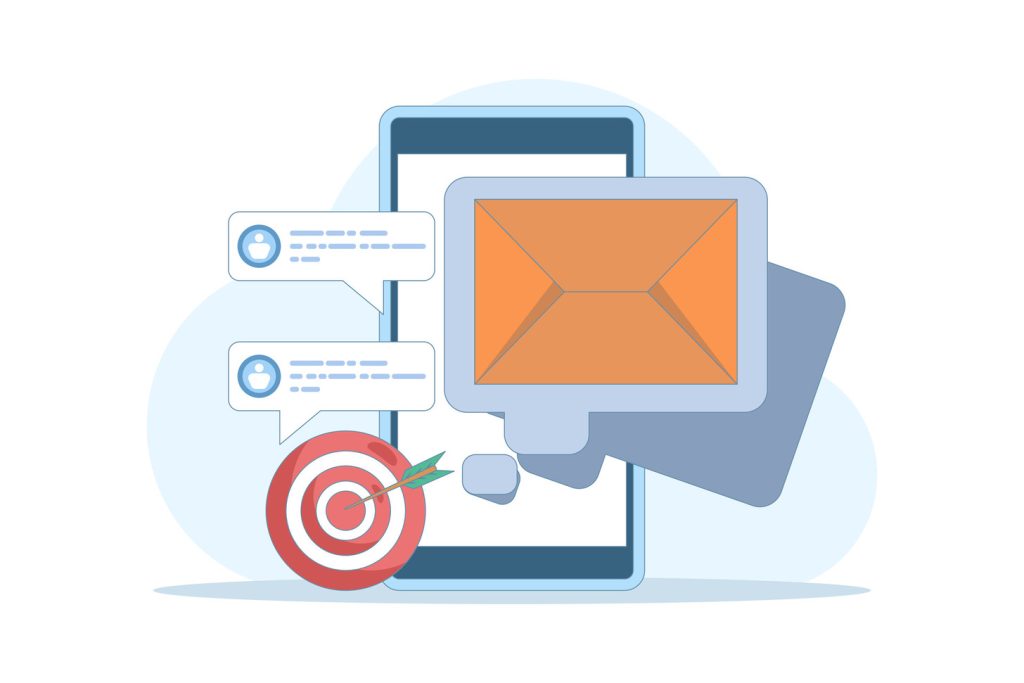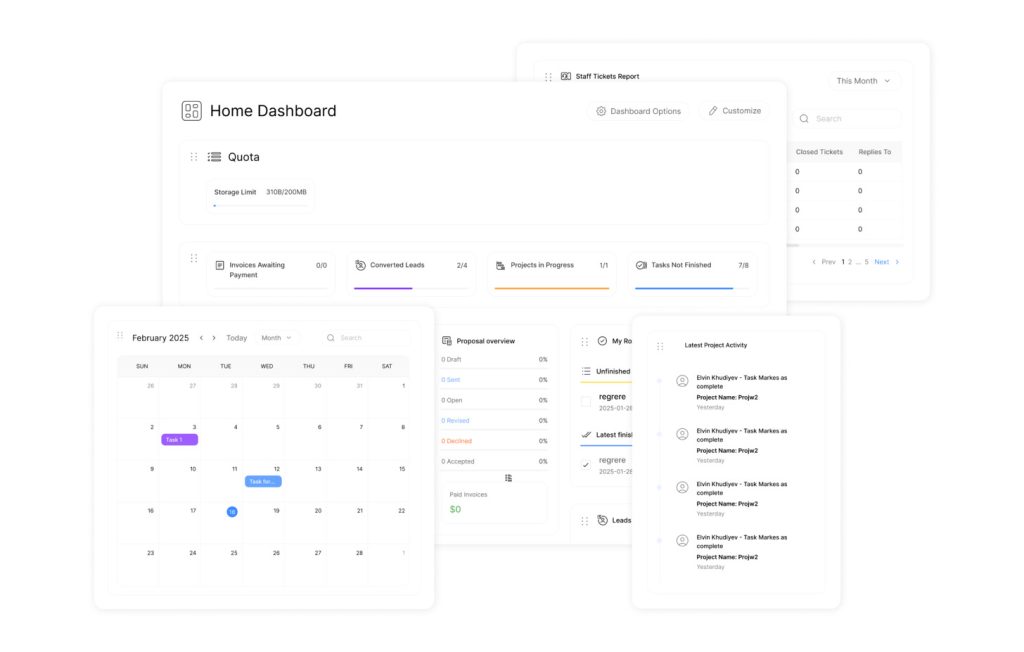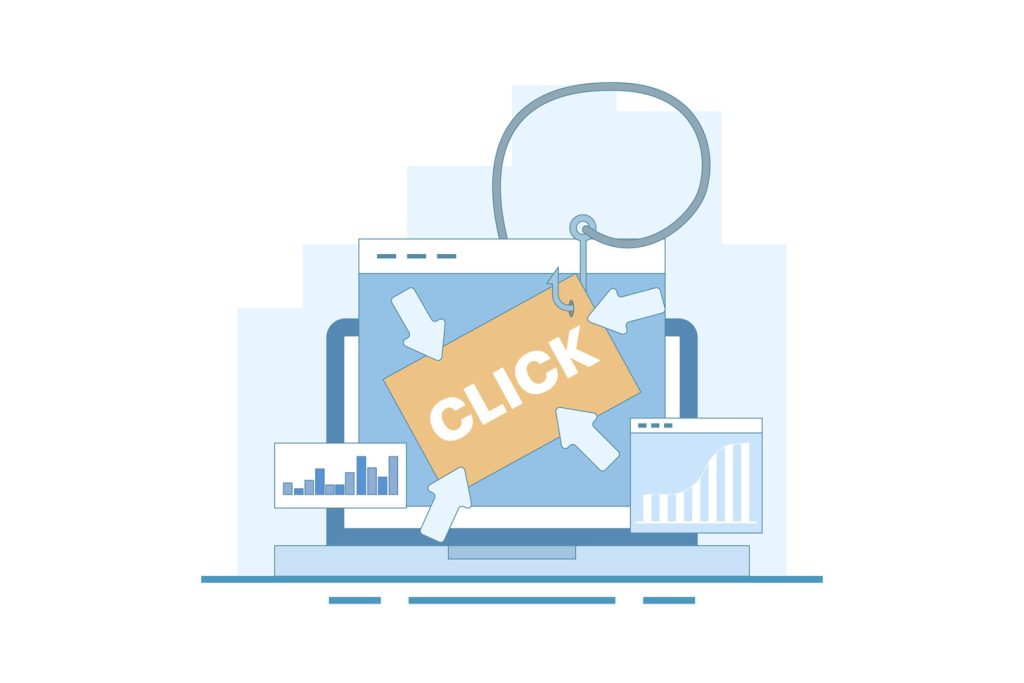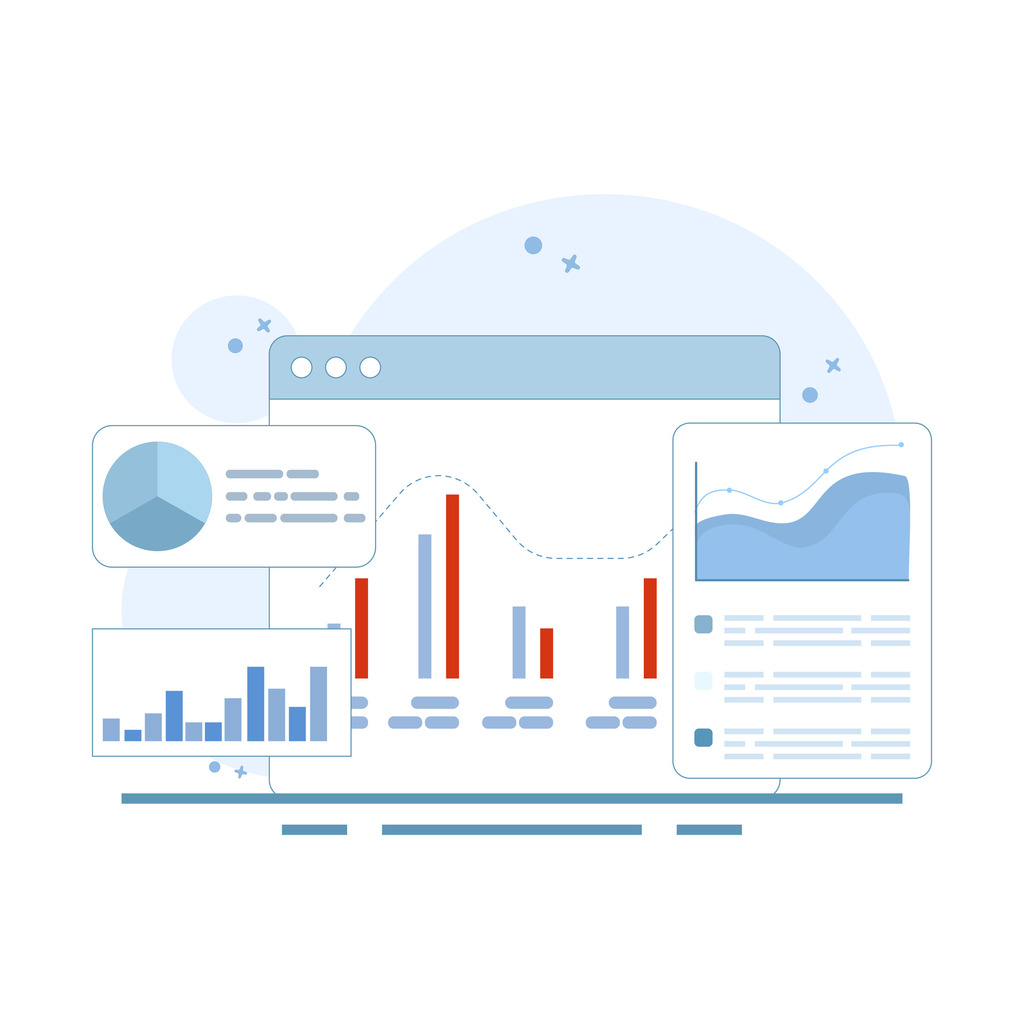Sms Open And Click Tracking: Techniques for Effective Campaigns

Modern businesses require communication strategies that deliver immediate results, with click tracking providing valuable insights into engagement. With mobile devices dominating daily interactions, direct messaging channels outperform traditional methods in both reach and engagement. Recent data reveals text-based outreach achieves a staggering 98% open rate, dwarfing email marketing’s 22% average. This gap highlights why professionals prioritize streamlined, actionable solutions.
Real-time insights transform how organizations refine their SMS marketing strategies. Advanced systems help businesses track SMS performance by monitoring message delivery, customer engagement patterns, and conversion rates expressed as clear percentages.
Decision-makers leverage this tracking data to optimize content timing, audience engagement, and overall SMS marketing campaigns for greater success. The absence of internet dependency ensures messages reach recipients instantly, creating opportunities for time-sensitive promotions or critical updates.
Strategic marketers focus on measurable outcomes. By analyzing customer behavior across campaigns, businesses identify high-performing content and eliminate underperforming tactics. Detailed analytics reveal which messages drive clicks, purchases, or repeat interactions. These insights empower teams to allocate resources effectively while maintaining compliance with evolving consumer preferences.
Key Takeaways
- Text-based campaigns achieve 98% open rates, outperforming email by nearly 5x
- Instant delivery works without internet access, ensuring universal reach
- Real-time analytics enable rapid adjustments to improve ROI
- Behavior tracking reveals customer preferences and engagement triggers
- Advanced metrics guide budget allocation and content optimization
Introduction to SMS Open And Click Tracking

Specifically, the shift toward mobile-first engagement demands strategies prioritizing immediacy and measurable impact. In comparison, text-based outreach outperforms traditional methods through unmatched visibility and response speed. Notably, recent studies confirm these campaigns achieve 98% view rates, compared to email’s 22% average.
Overview of SMS Marketing Effectiveness
Direct messaging thrives through concise formats and instant delivery. Unlike cluttered inboxes, mobile notifications appear front-and-center on devices. This approach eliminates spam filters and connectivity barriers that plague other channels.
Advanced platforms provide granular behavioral data. Professionals analyze which messages drive purchases, appointment bookings, or website visits. These real-time metrics allow swift adjustments to content schedules and audience targeting.
Defining Open Rates and Click Metrics
View rates quantify how many recipients access sent content. Interaction metrics track responses to embedded links or promotional offers. Together, they reveal campaign resonance and customer intent.
Sophisticated tools map user journeys from initial contact to final conversion. Businesses identify peak engagement times and preferred content formats. This intelligence informs resource allocation and message personalization strategies.
Understanding SMS Open Rates
Organizations seeking measurable outreach outcomes increasingly prioritize text-based strategies. With view percentages eclipsing traditional channels, professionals gain actionable insights into audience behavior and campaign effectiveness.
Industry Averages and Expectations
Current benchmarks show text-based outreach maintains a 98% view rate across sectors. Campaigns falling below 90% often signal issues like outdated contact lists or irrelevant content. Well-structured initiatives consistently achieve near-universal visibility when messages align with subscriber preferences.
Successful teams focus on maintaining sender credibility through permission-based lists and timely content. Retailers and service providers report similar performance metrics when following these protocols.
Comparisons with Email Marketing
Traditional email efforts average 22% view rates—less than one-fourth of text-based results. This gap highlights why time-sensitive communications thrive through direct messaging. “Recipients typically view texts within three minutes,” notes a 2023 mobile engagement study.
Key advantages emerge:
- Five times higher visibility than email campaigns
- Immediate access without internet connectivity requirements
- Consistent performance across demographics
Marketing leaders use these disparities to justify budget reallocations toward channels delivering guaranteed visibility. Real-time adjustments based on view patterns further optimize resource distribution.
Leveraging Sms Open And Click Tracking Tools

Firstly, data-driven strategies separate thriving outreach efforts from stagnant campaigns. Moreover, sophisticated monitoring systems empower businesses to refine messaging, timing, and audience targeting with surgical precision. Ultimately, these solutions transform raw metrics into actionable roadmaps for growth.
Benefits for Campaign Optimization
Professional platforms capture granular behavioral data across every outreach initiative. Real-time dashboards display delivery success percentages, interaction patterns, and conversion trends. Teams identify peak engagement windows and adjust content calendars accordingly.
Importantly, analytics tools reveal which promotions drive purchases or appointments. For instance, a 2023 case study showed brands using these insights boosted revenue by 34% within six months. Consequently, adaptive strategies replace guesswork with evidence-based decisions.
Exploring Tracking Platforms and Analytics Tools
Specialized software like EZ Texting offers features tailored for message-based outreach. Integration-ready systems connect with Google Analytics to map customer journeys from initial contact to final sale. “Visibility into user behavior reshapes how companies allocate budgets,” observes a mobile marketing expert.
Four core methods dominate the field:
- Link monitoring for cost-conscious startups
- Dedicated platforms with advanced segmentation
- Third-party analytics suites like Mixpanel
- Hybrid solutions combining multiple data streams
Enterprise-grade tools provide heatmaps showing which offers generate the most clicks. This intelligence helps craft compelling calls-to-action while maintaining compliance with privacy standards.
Setting Up SMS Tracking Tools
Businesses need accurate data to refine their outreach strategies. Implementing the right tools ensures every interaction contributes to measurable growth. Modern platforms simplify this process through automated systems and intuitive dashboards.
Implementing Google Analytics and Other Platforms
Google Analytics integration transforms raw metrics into actionable strategies. By attaching UTM parameters to URLs, teams identify which campaigns drive website visits or purchases. A retail brand using this method reported a 28% increase in traced conversions within three months.
Third-party platforms like SMSLocal streamline setup processes. Users enable monitoring features during campaign creation, selecting options that align with their goals. Real-time dashboards display engagement patterns, helping teams adjust content timing or audience segments.
Integrating Tracking Codes and Short Links
Shortened URLs preserve character limits while maintaining full functionality. These condensed links embed tracking codes that map customer journeys from message receipt to final action. A 2023 study found campaigns using this approach achieved 19% higher click-through rates.
Effective implementation follows three principles:
- Place codes near calls-to-action for accurate attribution
- Test links across devices to ensure compatibility
- Update parameters for seasonal promotions or A/B tests
Businesses ready to get started often combine automated platforms with manual reviews. This hybrid approach balances efficiency with precision, ensuring no critical data slips through the cracks.
Techniques to Boost Open and Click Rates

Building trust through recognizable sender identities directly impacts campaign performance. Recipients prioritize messages from sources they recognize, with 73% deleting unfamiliar sender names immediately. Establishing authenticity requires aligning sender labels with brand names customers already associate with value.
Optimizing Sender Reputation and Personalization
Credibility begins with consistent naming conventions. Businesses using abbreviations or generic terms like “Alerts” see 41% lower engagement than those displaying official brand names. Verified sender IDs reduce spam flags while reinforcing professional legitimacy.
Personalized content drives measurable improvements. Including recipient names boosts open rates by 22%, while tailored offers based on purchase history increase clicks by 35%. Advanced platforms automate this process using customer data segments.
| Technique | Implementation | Impact |
|---|---|---|
| Recipient Name Insertion | Merge customer data into message greetings | +18% open rate |
| Location-Based Offers | Geo-target promotions using ZIP code data | +29% click-through |
| Behavioral Timing | Schedule messages based on past interaction times | +33% response speed |
A/B testing removes uncertainty from campaign design. Comparing message versions with different CTAs or formatting reveals audience preferences. One retailer increased conversions by 27% after testing urgency phrases like “Today Only” versus “Limited Stock”.
Maintaining engagement requires balancing frequency with relevance. Over-messaging erodes trust, while under-communicating misses opportunities. Analytics tools help identify ideal contact intervals based on individual response patterns.
Enhancing Campaign Performance with Click Tracking
Strategic placement of directives within communications directly influences audience response rates. Messages with front-loaded calls-to-action see 47% higher interaction rates compared to those burying prompts in later text. This approach aligns with mobile user behavior, where preview screens display only initial content.
Crafting Effective Calls-to-Action
High-performing directives combine urgency, clarity, and value. Phrases like “Claim Your 20% Discount” outperform vague alternatives by 63% in conversion tests. Positioning these statements early ensures visibility before recipients scroll or exit the message.
| CTA Strategy | Implementation Example | Average Lift |
|---|---|---|
| Time-Sensitive Offers | “Sale Ends Tonight – Shop Now” | +41% clicks |
| Personalized Incentives | “John, Your Exclusive Deal Inside” | +29% opens |
| Clear Value Propositions | “Get Free Shipping in 2 Clicks” | +38% conversions |
Monitoring Link Performance in Real-Time
Dynamic analytics platforms track interaction patterns as they unfold. Marketers identify which promotions generate immediate interest versus those needing refinement. One marketing automation platform reduced wasted ad spend by 22% using this live feedback loop.
Peak engagement windows emerge through timestamp analysis. Retail brands report 71% of conversions occur within 90 minutes of message delivery. This intelligence informs optimal scheduling for time-sensitive promotions.
Three critical metrics guide adjustments:
- Hourly click volume trends
- Device-specific interaction rates
- Geographic response patterns
Integrating UTM Parameters and Web Analytics

Precision in campaign measurement separates strategic marketers from competitors. UTM codes bridge text-based outreach with digital analytics, creating clear pathways to quantify success. These parameters transform vague engagement signals into actionable insights.
Building Effective Tracking URLs
Customized links capture granular details about customer interactions. Each UTM tag identifies the campaign source, medium, and content type. For example, utm_source=sms clarifies traffic origin, while utm_campaign=spring_sale groups related initiatives.
| Parameter | Purpose | Example |
|---|---|---|
| utm_source | Identifies traffic origin | newsletter or sms_promo |
| utm_medium | Specifies marketing channel | mobile or social |
| utm_campaign | Groups related activities | q4_holiday_sale |
Specifically, sophisticated teams deploy customized URLs across promotions. Consequently, this method reveals which initiatives drive purchases, registrations, or app downloads. Subsequently, Google Analytics processes this data to map customer journeys from first contact to final conversion.
Measuring Traffic Sources and Conversions
Accurate attribution models depend on consistent UTM implementation. Businesses analyze bounce rates and session durations to assess content relevance. A 2023 retail study showed brands using these metrics reduced wasted ad spend by 19%.
Three critical advantages emerge:
- Identify high-performing message formats through source/medium breakdowns
- Optimize budgets by comparing conversion rates across campaigns
- Uncover hidden trends in geographic or device-specific engagement
Marketing leaders pair UTM data with CRM systems to track lifetime customer value. This integration highlights how text-based efforts contribute to long-term revenue growth. Teams refine content strategies using these insights, ensuring every message delivers measurable impact.
Measuring Success with SMS Tracking Data
Clearly, quantifiable outcomes define modern marketing success. Moreover, professionals rely on precise metrics to gauge campaign effectiveness and refine strategies. Ultimately, tracking systems transform raw numbers into actionable insights, enabling data-driven decisions that boost ROI.
Essential Metrics for Campaign Evaluation
Delivery rates reveal how many messages reach devices versus those blocked by carriers. Rates below 95% often signal outdated contact lists or technical issues needing immediate resolution. Real-time dashboards highlight these gaps, allowing teams to clean databases or adjust content formats.
| Metric | Purpose | Impact |
|---|---|---|
| Conversion Rate | Tracks desired actions per click | Direct ROI measurement |
| Opt-Out Rate | Monitors subscriber satisfaction | Indicates content relevance |
Analyzing trends over weeks or months uncovers seasonal patterns. Retail brands often see 38% higher engagement during holiday periods. This intelligence guides budget shifts toward peak performance windows.
Sophisticated tools calculate precise returns per campaign. One hospitality company increased profits by 27% after linking text-based promotions to booking data. Regular reviews ensure resources flow toward high-impact initiatives.
Best Practices and Legal Considerations in SMS Marketing

Fundamentally, trust forms the foundation of successful customer outreach programs. Additionally, legal frameworks ensure businesses protect subscriber rights while delivering value-driven content. Consequently, over 70% of consumers report higher brand loyalty when companies demonstrate respect for communication preferences.
Building Trust Through Compliance
The Telephone Consumer Protection Act (TCPA) mandates explicit consent for commercial messages. Violations carry fines up to $1,500 per incident, making compliance critical. Robust systems track opt-in sources and timestamps, creating audit trails for regulatory reviews.
Three essential compliance strategies:
- Display clear unsubscribe options in every message
- Limit outreach to local time windows (8 AM – 9 PM)
- Update contact lists quarterly to remove inactive numbers
| Compliance Area | Action | Benefit |
|---|---|---|
| Consent Management | Document permission sources | Reduces legal risks |
| Frequency Control | Cap messages at 4-6 monthly | Minimizes opt-outs |
| Data Security | Encrypt subscriber information | Strengthens customer trust |
Segmenting audiences boosts engagement while maintaining compliance. A 2023 retail study showed categorized campaigns achieved 52% higher response rates than blanket messaging. Teams using preference-based groups reduce irrelevant content by 68%.
Regular audits identify outdated practices. Marketing leaders review metrics like complaint rates and unsubscribes monthly. Proactive adjustments keep strategies aligned with evolving regulations and customer expectations.
Conclusion
Mastering direct-to-consumer outreach requires precision in execution and measurement. Success in text-based campaigns hinges on harnessing analytics tools that reveal customer behavior patterns. These systems transform raw metrics into actionable roadmaps for improving engagement and conversions.
First, professional teams achieve consistent results by merging proven segmentation methods with personalized content strategies. Next, analyzing response rates across demographics ensures messages resonate with specific audiences. Ultimately, this approach minimizes wasted resources while maximizing ROI.
Continuous optimization remains critical. Refining message frequency based on interaction data prevents subscriber fatigue. Pairing timing adjustments with performance reviews creates self-improving campaigns that adapt to shifting consumer preferences.
Businesses prioritizing data-driven decisions gain competitive advantages in crowded markets. By replacing assumptions with behavioral evidence, organizations build messaging frameworks that deliver measurable growth. The future belongs to marketers who leverage these insights to craft hyper-relevant experiences.

